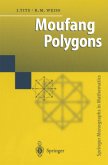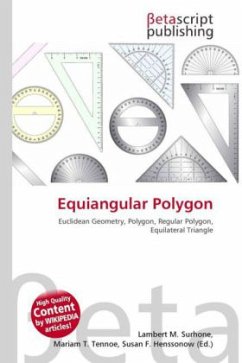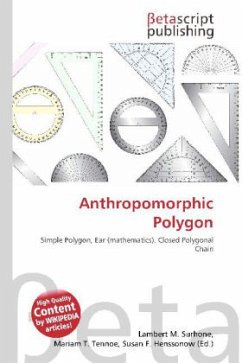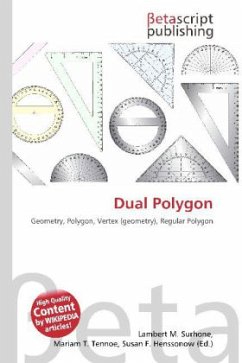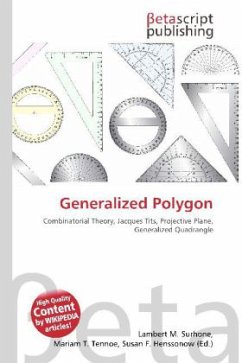Please note that the content of this book primarily consists of articles available from Wikipedia or other free sources online. In mathematics, a Moufang polygon, named after Ruth Moufang, is an irreducible building of rank two that admits the action of root groups. In a major book on the topic, Tits and Weiss classify them all. An earlier theorem, proved independently by Tits and Weiss, showed that a Moufang polygon must be a generalized 3-gon, 4-gon, 6-gon, or 8-gon, so the purpose of the aforementioned book was to analyze these four cases.A Moufang 3-gon can be identified with the incidence graph of a Moufang projective plane. In this identification, the points and lines of the plane correspond to the vertices of the building. Real forms of Lie groups give rise to examples which are the three main types of Moufang 3-gons. There are four real division algebras: the real numbers, the complex numbers, the quaternions, and the octonions, of dimensions 1,2,4 and 8, respectively. The projective plane over such a division algebra then gives rise to a Moufang 3-gon.
Bitte wählen Sie Ihr Anliegen aus.
Rechnungen
Retourenschein anfordern
Bestellstatus
Storno


